Description
| Species | Boletus edulis |
| Difficulty ℹ️ | 🍄🍄🍄🍄 |
| Spore Coloration | Brown |
| Ecology | Mycorrhizal |
| Edibility | Choice |
Boletus edulis, commonly known as the king bolete, is a basidiomycete fungus of the genus Boletus found in western North America. The large, edible fruiting bodies known as mushrooms appear under pine trees, generally in May to June. It has a pinkish to brownish cap and its stem is often large and swollen, and the overall color may have an orange-red tinge. As with other boletes, the size of the fruiting body is variable. Boletus edulis is edible, and may be preserved and cooked.
The fungus grows in deciduous and coniferous forests and tree plantations, forming symbiotic ectomycorrhizal associations with living trees by enveloping the tree’s underground roots with sheaths of fungal tissue. The fungus produces spore-bearing fruit bodies above ground in summer and autumn. The fruit body has a large brown cap which on occasion can reach 30 cm (12 in), rarely 40 cm (16 in) in diameter and 3 kg (6 lb 10 oz) in weight. Like other boletes, it has tubes extending downward from the underside of the cap, rather than gills; spores escape at maturity through the tube openings, or pores. The pore surface of the B. edulis fruit body is whitish when young, but ages to a greenish-yellow. The stout stipe, or stem, is white or yellowish in color, up to 20 cm (8 in), rarely 30 cm (12 in) tall and 10 cm (4 in) thick, and partially covered with a raised network pattern, or reticulations.
Prized as an ingredient in various culinary dishes, B. edulis is an edible mushroom held in high regard in many cuisines, and is commonly prepared and eaten in soups, pasta, or risotto. The mushroom is low in fat and digestible carbohydrates, and high in protein, vitamins, minerals and dietary fiber. Although it is sold commercially, it is very difficult to cultivate. Available fresh in autumn throughout Europe and Russia, it is most often dried, packaged, and distributed worldwide. It keeps its flavor after drying, and it is then reconstituted and used in cooking. B. edulis is one of the few fungi sold pickled.
The cap of this mushroom is 7–30 cm (3–12 in) broad at maturity. Slightly sticky to touch, it is convex in shape when young and flattens with age. The colour is generally reddish-brown fading to white in areas near the margin, and continues to darken as it matures. The stipe, or stem, is 8–25 cm (3–10 in) in height, and up to 7 cm (3 in) thick—rather large in comparison to the cap; it is club-shaped, or bulges out in the middle. It is finely reticulate on the upper portion, but smooth or irregularly ridged on the lower part. The under surface of the cap is made of thin tubes, the site of spore production; they are 1 to 2 cm (1⁄2 to 3⁄4 in) deep, and whitish in colour when young, but mature to a greenish-yellow. The angular pores, which do not stain when bruised, are small—roughly 2 to 3 pores per millimetre. In youth, the pores are white and appear as if stuffed with cotton (which are actually mycelia); as they age, they change colour to yellow and later to brown. The spore print is olive brown. The flesh of the fruit body is white, thick and firm when young, but becomes somewhat spongy with age. When bruised or cut, it either does not change colour, or turns a very light brown or light red. Fully mature specimens can weigh about 1 kg (2 lb 3 oz); a huge specimen collected on the Isle of Skye, Scotland, in 1995 bore a cap of 42 cm (16+1⁄2 in), with a stipe 18 cm (7 in) in height and 14 cm (5+1⁄2 in) wide, and weighed 3.2 kg (7 lb 1 oz). A similarly sized specimen found in Poland in 2013 made international news.
A brown-capped mushroom lying flat on the grass with a white or light-brown coloured stem that gradually gets thicker, so as to roughly resemble the shape of a club.
A brown-capped mushroom with a short, stout stem that is thickest in the middle, and whose thickness approaches the width of the cap it supports.
Stem shape can range from club-shaped to centrally bulbous
Boletus edulis is considered one of the safest wild mushrooms to pick for the table, as few poisonous species closely resemble it, and those that do may be easily distinguished by careful examination. The most similar poisonous mushroom may be the devil’s bolete (Rubroboletus satanas), which has a similar shape, but has a red stem and stains blue on bruising. It is often confused with the very bitter and unpalatable Tylopilus felleus, but can be distinguished by the reticulation on the stalk; in porcini, it is a whitish, net-like pattern on a brownish stalk, whereas it is a dark pattern on white in the latter. Porcini have whitish pores while the other has pink. If in doubt, tasting a tiny bit of flesh will yield a bitter taste. It can also resemble the “bolete-like” Gyroporus castaneus, which is generally smaller, and has a browner stem. Boletus huronensis, an uncommon mushroom of northeastern North America, is another recognized look-alike known to cause severe gastrointestinal disorders.
The spores are elliptical to spindle-shaped, with dimensions of 12–17 by 5–7 µm. The basidia, the spore-bearing cells, are produced in a layer lining the tubes, and arrange themselves so their ends are facing the center of the tube; this layer of cells is known technically as a hymenium. The basidia are thin-walled, mostly attached to four spores, and measure 25–30 by 8–10 µm. Another cell type present in the hymenium is the cystidia, larger sterile cells that protrude beyond the basidia into the lumen of the hymenium, and act as air traps, regulating humidity. B. edulis has pleurocystidia (cystidia located on the face of a pore) that are thin-walled, roughly spindle-shaped to ventricose, and measure 30–45 by 7–10 µm; the “stuffed” feature of the hymenium is caused by cheilocystidia—cells found on the edges of the pores. The hyphae of B. edulis do not have clamp connections.
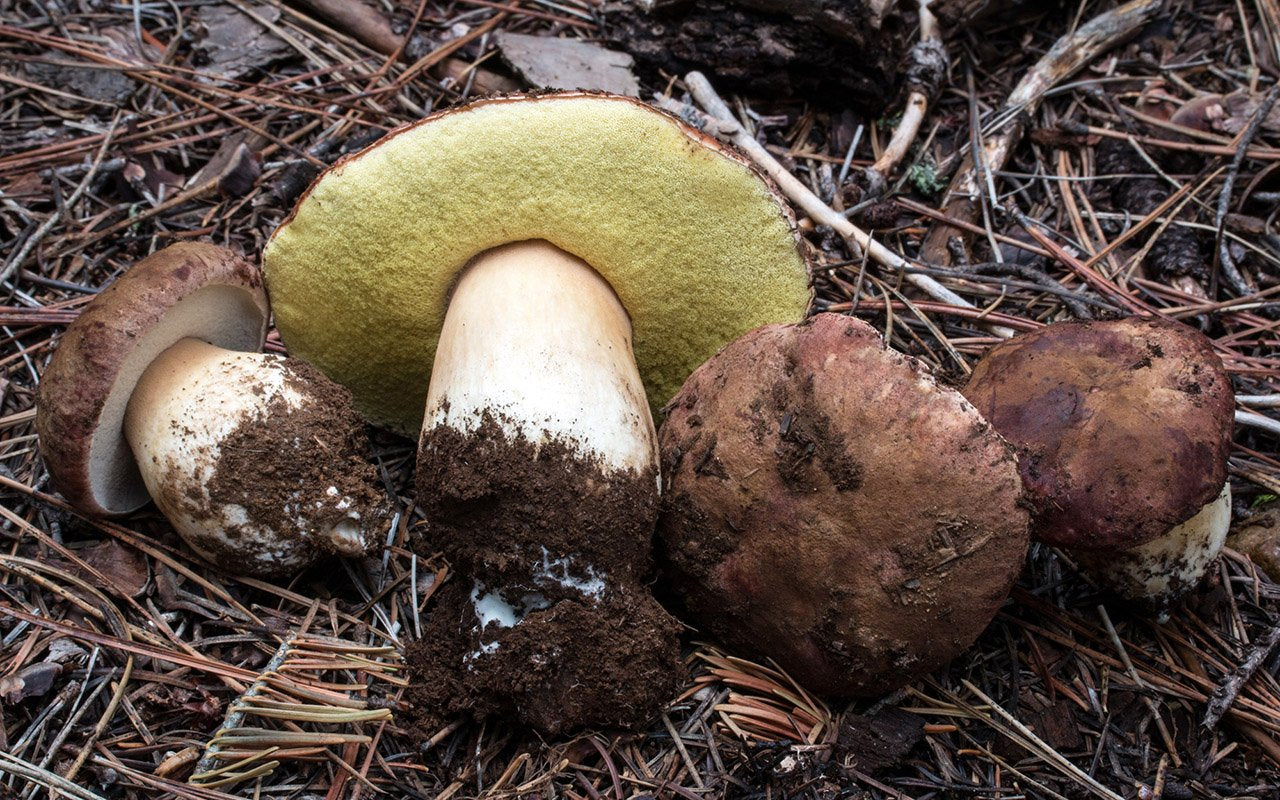
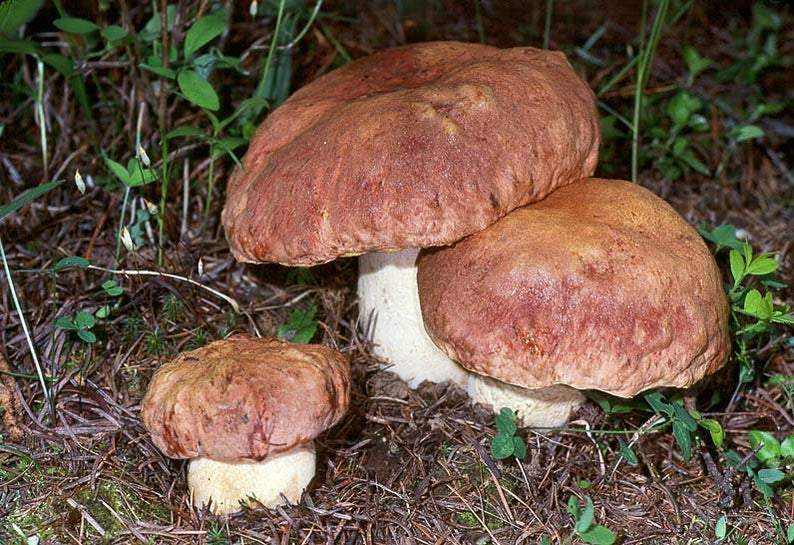
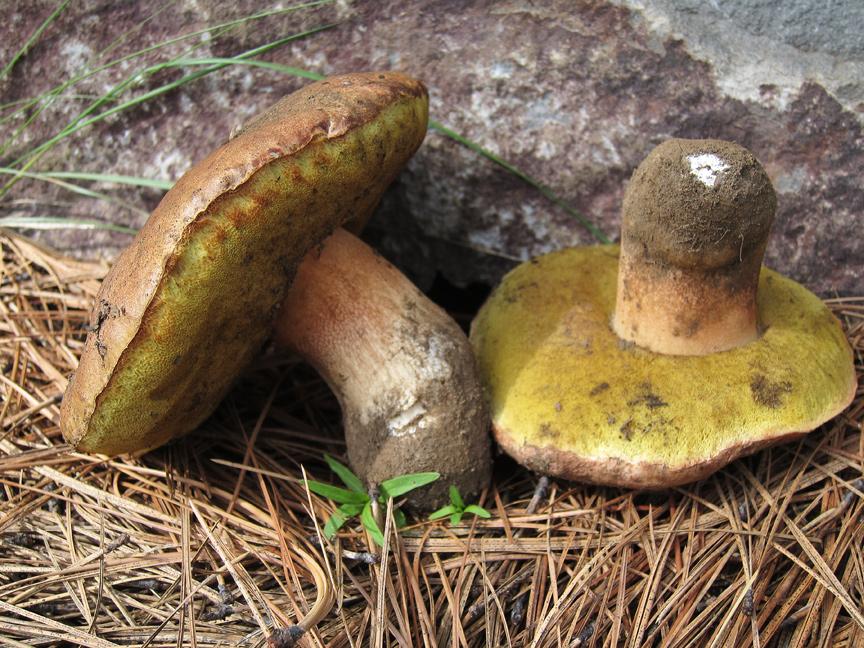
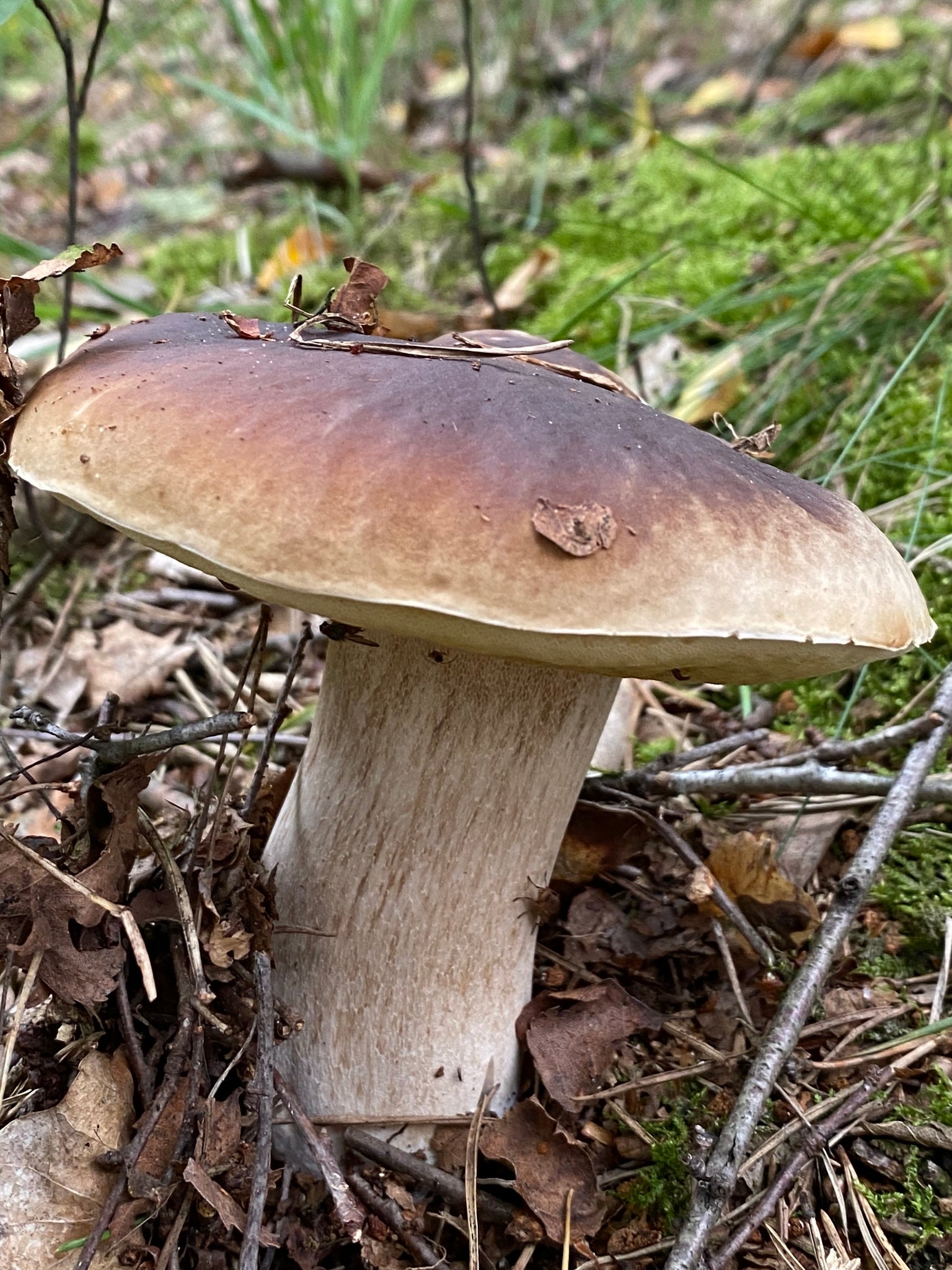

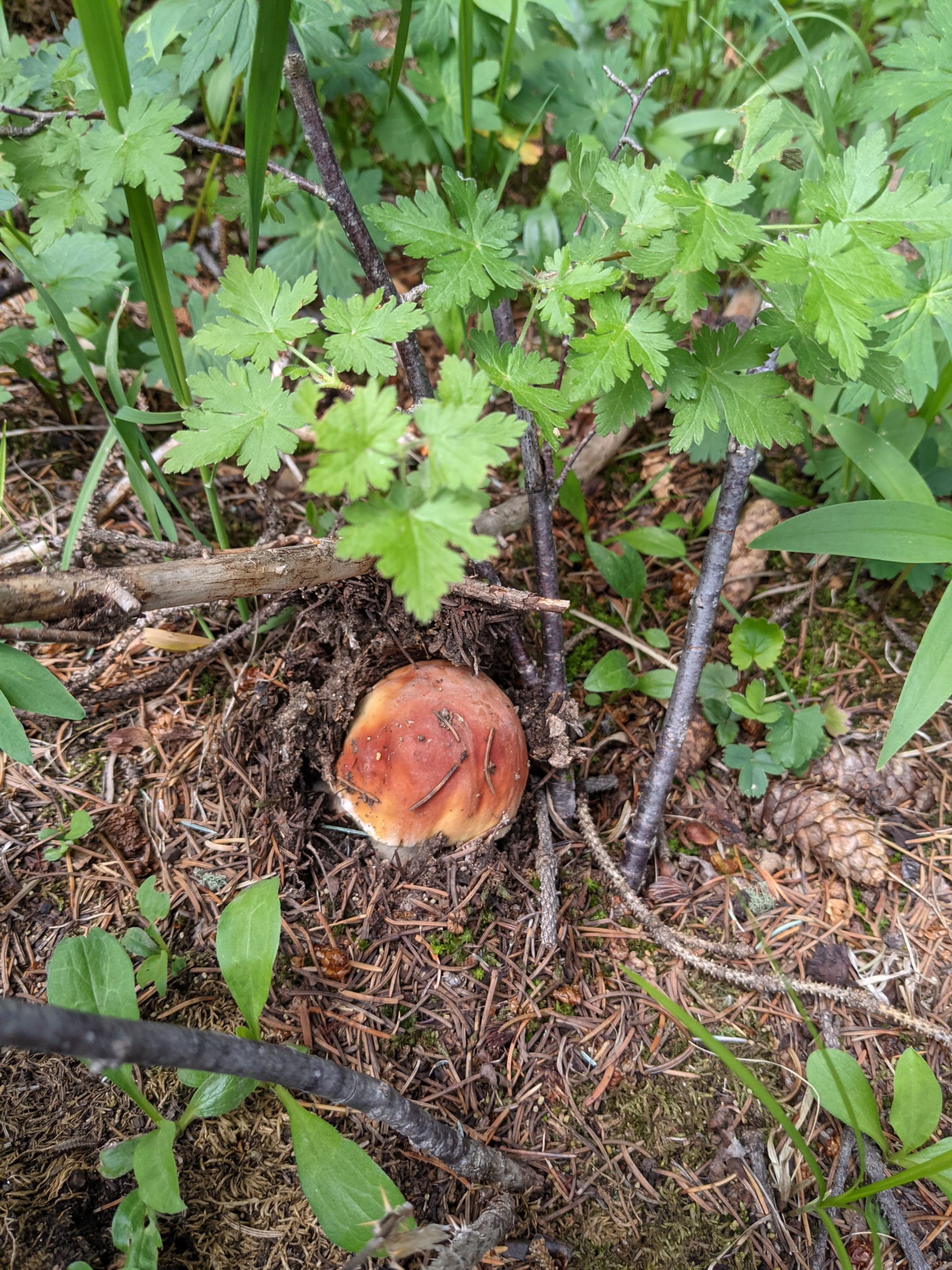
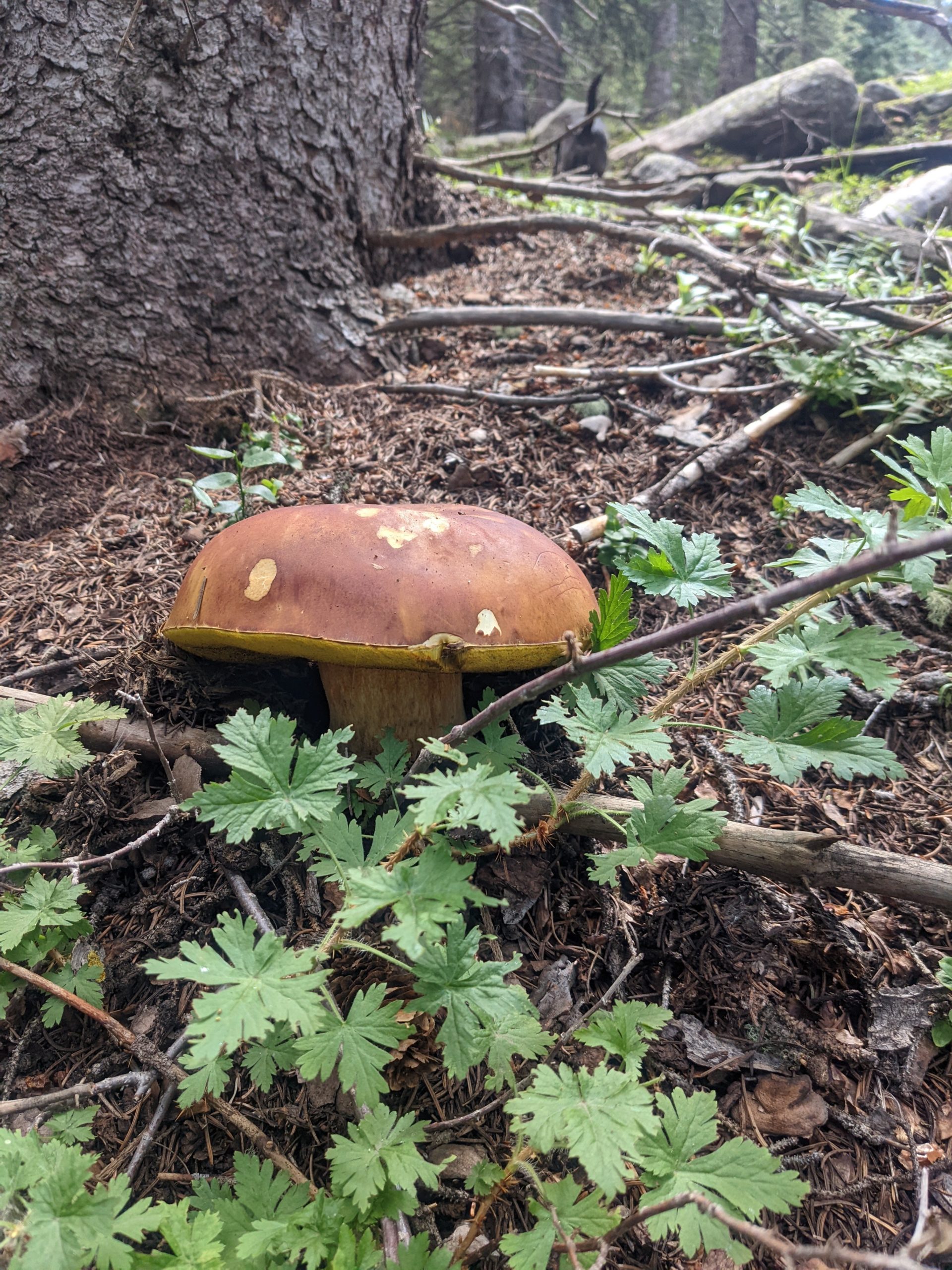
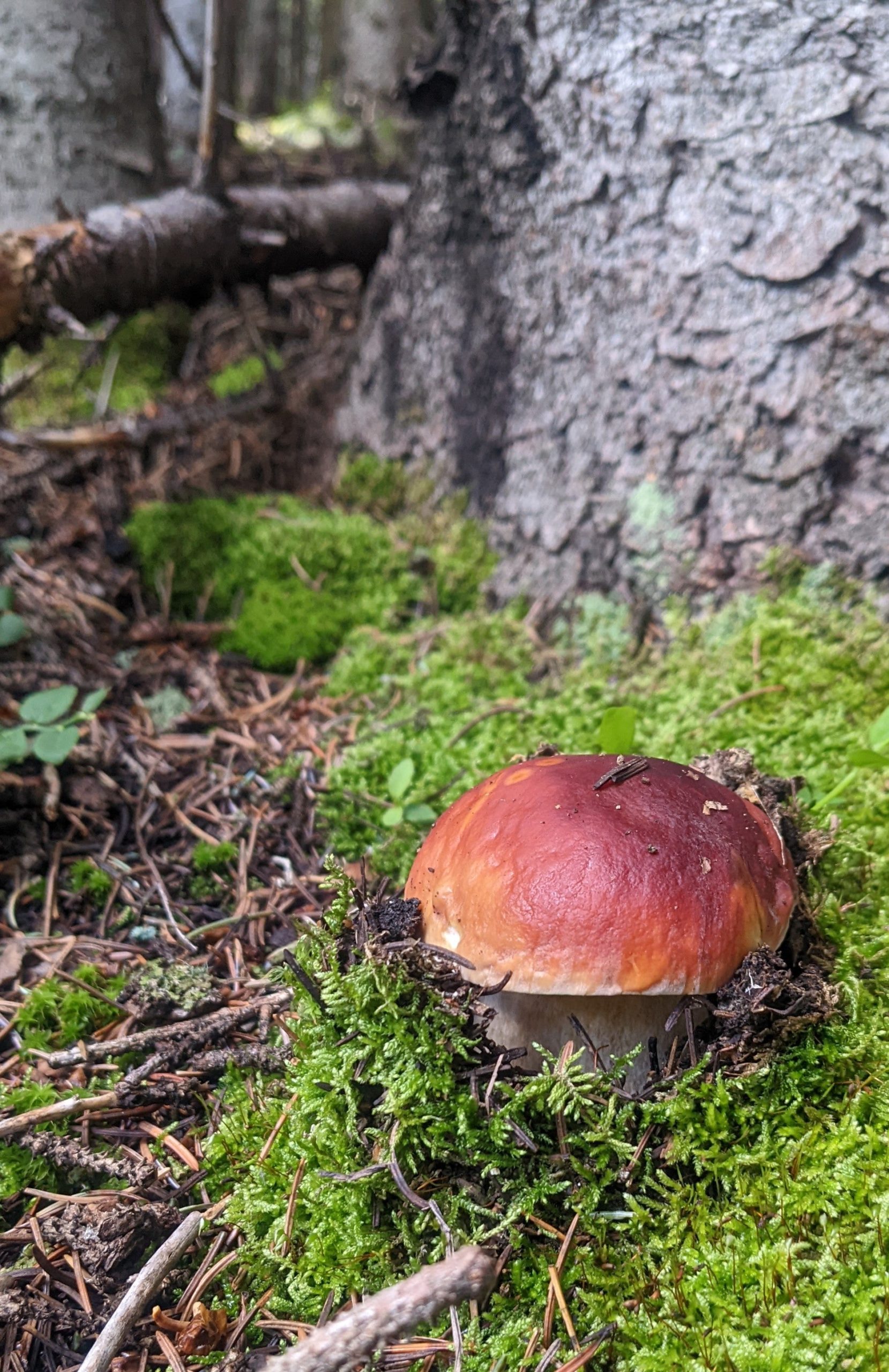
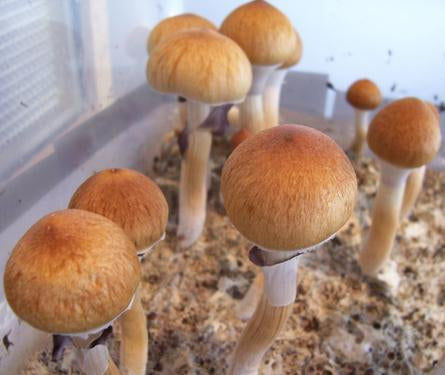
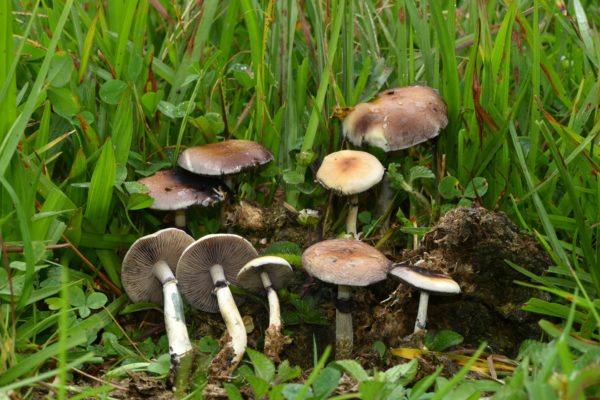
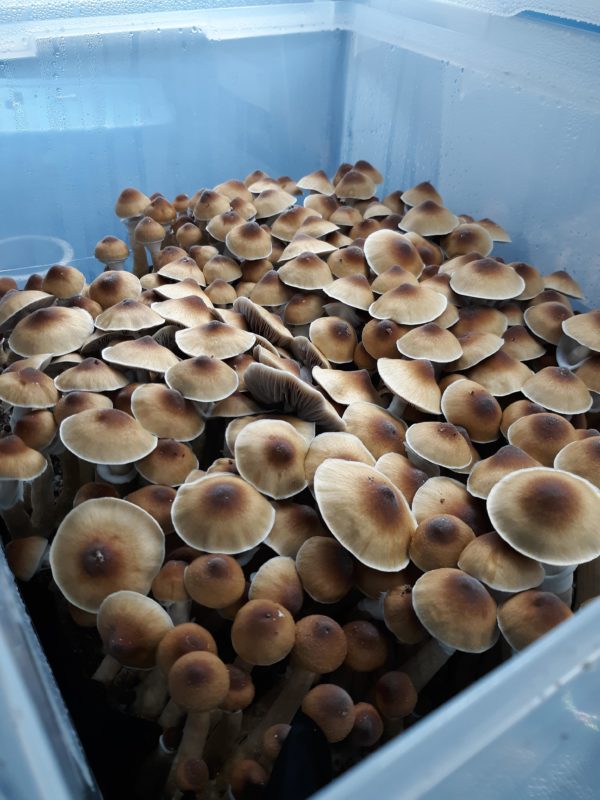
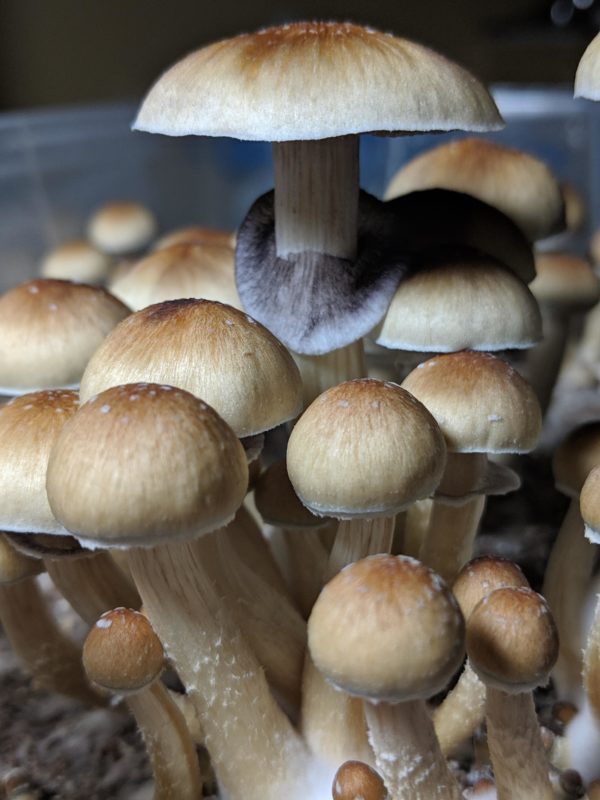
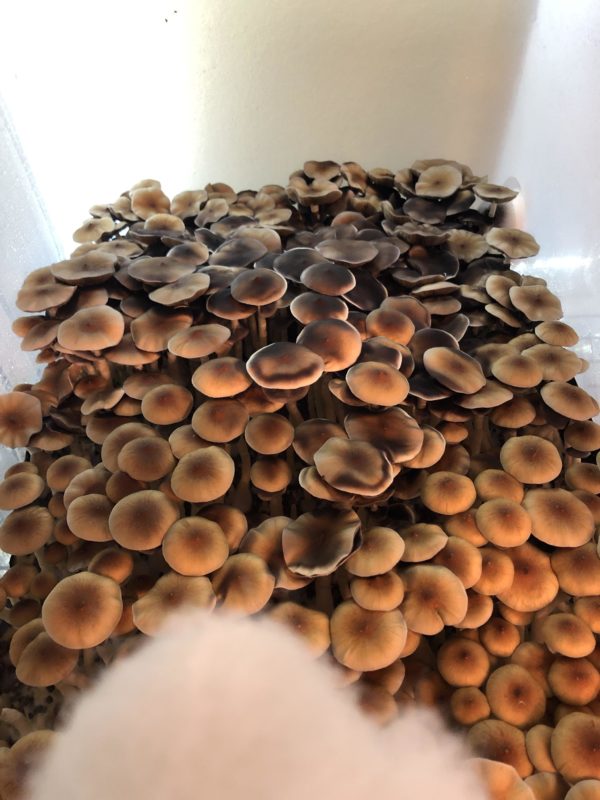
Reviews
There are no reviews yet.